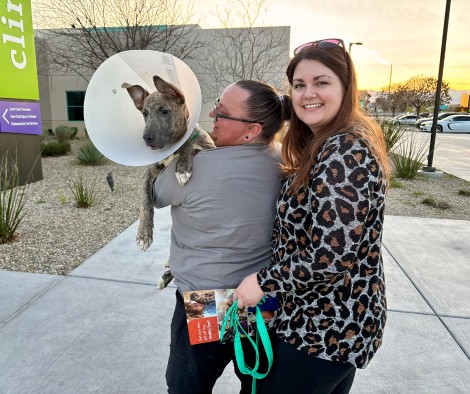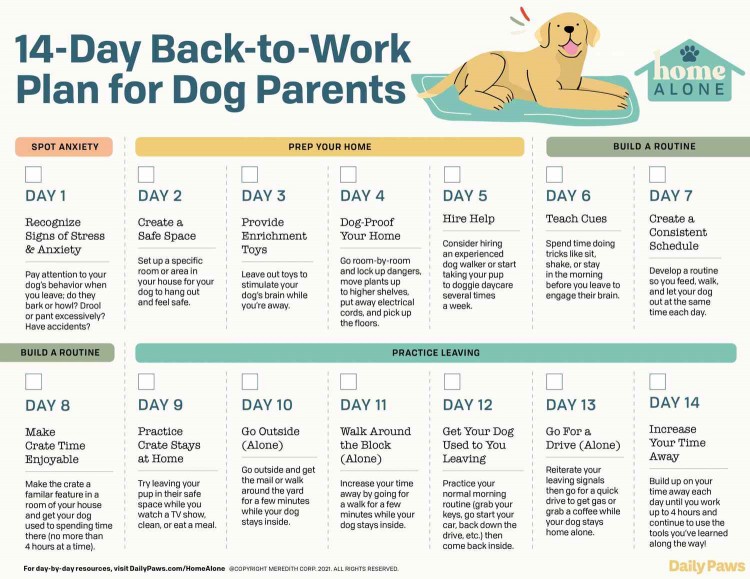
Have you noticed changes to how your dog walks or stands? Maybe they're suddenly acting drunk, or they're dragging their feet, stumbling, or repeatedly falling over. If so, your dog may be experiencing something called ataxia.
Ataxia in dogs requires prompt veterinary attention to discover the root cause before treatment can begin.
What Is Ataxia in Dogs?
The term ataxia refers to incoordination within the nervous system that causes abnormal movements in the legs, head, or body. There are three main types of ataxia in dogs:
Proprioceptive Ataxia
Conscious body awareness is called proprioception. Dogs with proprioceptive ataxia don't know where their limbs are in space. You may notice your dog dragging their toes, stepping on their knuckles instead of the bottom of the foot, stumbling, and swaying. Proprioceptive ataxia is most often caused by compression of the spinal cord.
Vestibular Ataxia
With vestibular ataxia, your dog has balance issues due to a problem with the inner ear or brainstem. Signs can include abnormal eye movements (nystagmus), a head tilt, standing with feet wide apart, and occasionally rolling over repeatedly.
Cerebellar Ataxia
Dogs with cerebellar ataxia usually struggle with coordination and fine motor movement. As a result, they'll have a high-stepping, exaggerated gait, often called "goose-stepping gait." It's also common to have head tremors. When your dog makes an intentional movement, such as lowering their head to drink water or pick up a toy, the head tremors may worsen (intention tremors). Cerebellar ataxia is caused by issues affecting the cerebellum, which is the portion of the brain responsible for coordination and fine motor movement.
Causes of Ataxia in Dogs
Ataxia typically has a neurologic cause. Potential causes of ataxia include:
- Intervertebral disc disease
- A fibrocartilaginous embolus or FCE, which is sometimes called a "spinal stroke"
- Infection in the vertebrae or the discs between vertebrae
- Inflammation or infection of the inner or middle ear, spinal cord, brainstem, or cerebellum (example: distemper virus)
- Tumors of the spinal cord, inner or middle ear, or brain
- Trauma to the spinal cord or head
- Degenerative myelopathy, which is often referred to as the canine version of ALS
- Anything that compresses the spinal cord, such as a developmental abnormality or narrowing of the canal (example: Wobbler syndrome)
- Underdevelopment of the cerebellum (cerebellar hypoplasia)
- Idiopathic vestibular syndrome
Examples of systemic causes of ataxia include hypothyroidism, electrolyte imbalances, and metronidazole overdose. Importantly, ataxia is not the same as weakness or lameness, which would have different causes.
If you notice ataxia in your dog, it's important to contact a veterinarian as soon as possible. Some causes of ataxia can progress rapidly and lead to permanent paralysis or other serious complications.
9 Signs That You Need to Get Your Pet To the Emergency Room
Ataxia Treatment for Dogs
Your veterinarian will perform an exam to determine which part of the brain or spinal cord is affected. Additional testing could include blood and urine tests, X-rays of the back or skull, MRI, CT scan, and cerebrospinal fluid analysis (CSF tap).
Referral to a veterinary neurologist is often recommended. Some cases, such as infectious diseases, may be treated with antibiotics or antifungal medications. Inflammatory diseases are often managed with steroids or medications that suppress the immune system. Physical therapy is also a common recommendation for dogs with ataxia.
Some cases, such as intervertebral disc disease, may be best treated with surgery. For tumors, your veterinarian may also recommend chemotherapy or radiation therapy. Some dogs need hospitalization to receive intravenous fluids and medications, at least at the start of treatment. The underlying cause for ataxia will direct what treatments your veterinarian recommends.
Signs Your Dog Might Be Having a Seizure
How to Help Dogs with Ataxia
In some cases, ataxia will improve over time. In other cases, such as cerebellar hypoplasia, the dog may be permanently ataxic but stable. Still, in other cases, ataxia and other clinical signs may worsen over time, becoming severe enough that euthanasia is considered.
Many ataxic dogs can still have a good quality of life with appropriate home modification. Make sure to block off sharp corners and fall risks, such as stairs. If your dog struggles to stand while eating or has head tremors, you may need to hand feed them.
Your dog will likely need support if using stairs or going to the bathroom. Consider using a sling or towel under the abdomen to support dogs who struggle in their hind end.
Don't leave your dog with ataxia unattended outside, especially near bodies of water, as they're at an increased risk for injury or drowning. If your dog appears to be in pain, make sure to discuss pain management with your veterinarian.









Comments on " Ataxia in Dogs: It's More Than Just Clumsiness" :